Many Brands Get Overlooked in Crowded Environments.This causes worry. I rely on 3D billboards to grab attention and project messages that stand out.
3D billboards are special LED displays that use forced perspective and layered visuals. They create a sense of depth that looks real from the right angle.

I want to show how these illusions transform advertising and why they might help your brand connect with viewers.
What Is a 3D Billboard?
Some traditional ads fail to excite. This leads to lost opportunities. I focus on 3D billboards that bring powerful visuals closer to everyday life.
A 3D billboard is a digital display that bends perspective. It makes ads appear to jump out or recede, drawing people in and boosting engagement.
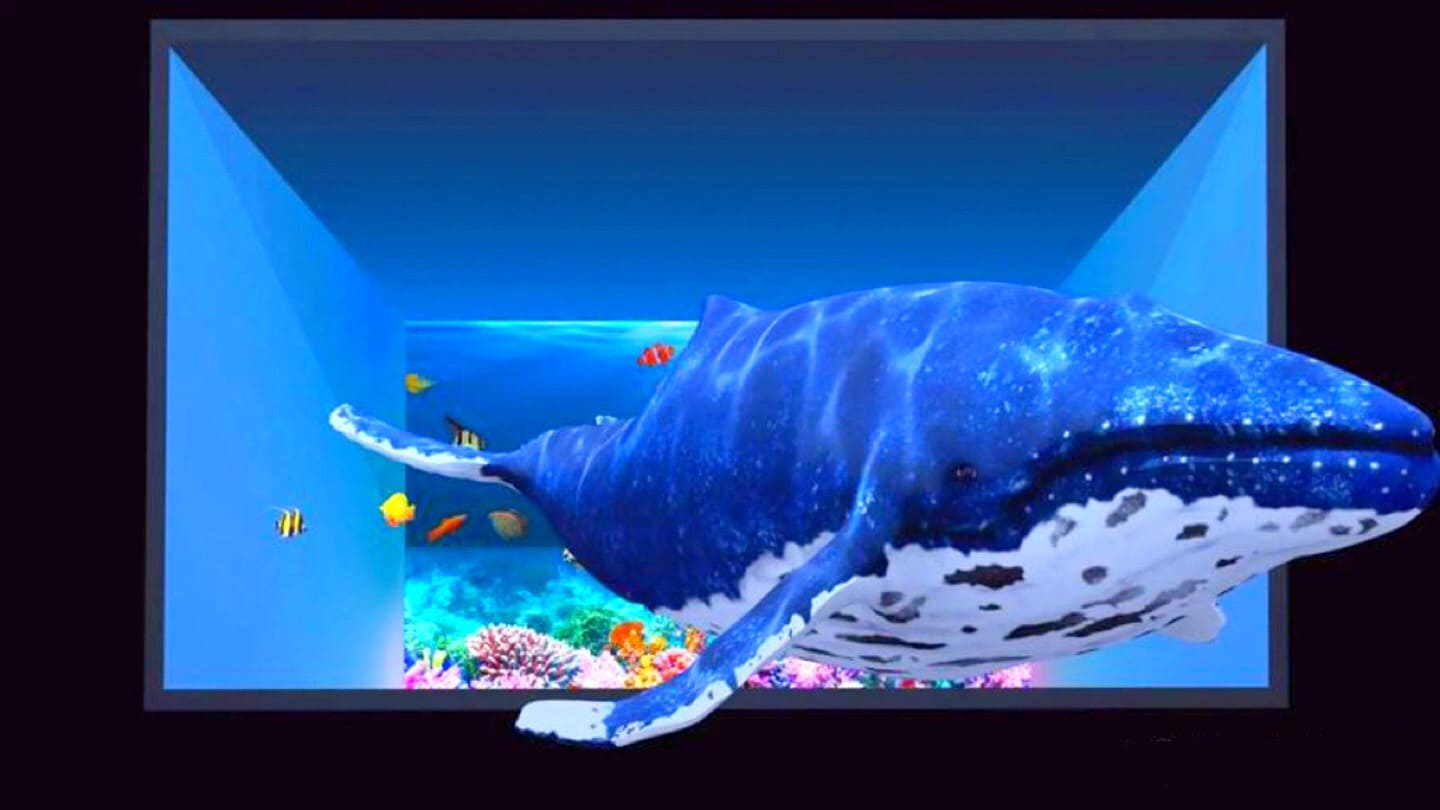
These displays can stop people in their tracks. They are different from regular signs because they trick the eye into seeing movement or depth. Below is a quick comparison:
| Element | Traditional Billboard | 3D Billboard |
|---|---|---|
| Display Type | Static print or simple digital | Curved or corner-wrapped LED |
| Visual Depth | Flat, no true sense of depth | Uses forced perspective and parallax |
| Engagement Level | Usually limited | Higher, due to eye-catching illusions |
| Required Tech | Minimal | High-res panels, GPUs, specialized design |
| Overall Impact | Basic brand presence | Memorable and share-worthy |
These differences matter because our eyes respond to motion and depth, helping brands stay in viewers’ minds.
How Does the 3D Billboard Technique Work?
Many campaigns become boring. This causes confusion among audiences. I find that 3D billboards spark wonder through perspective tricks and unique angles.
3D billboards combine forced perspective and parallax to craft illusions of depth. They align images so they look real when viewed from key positions.
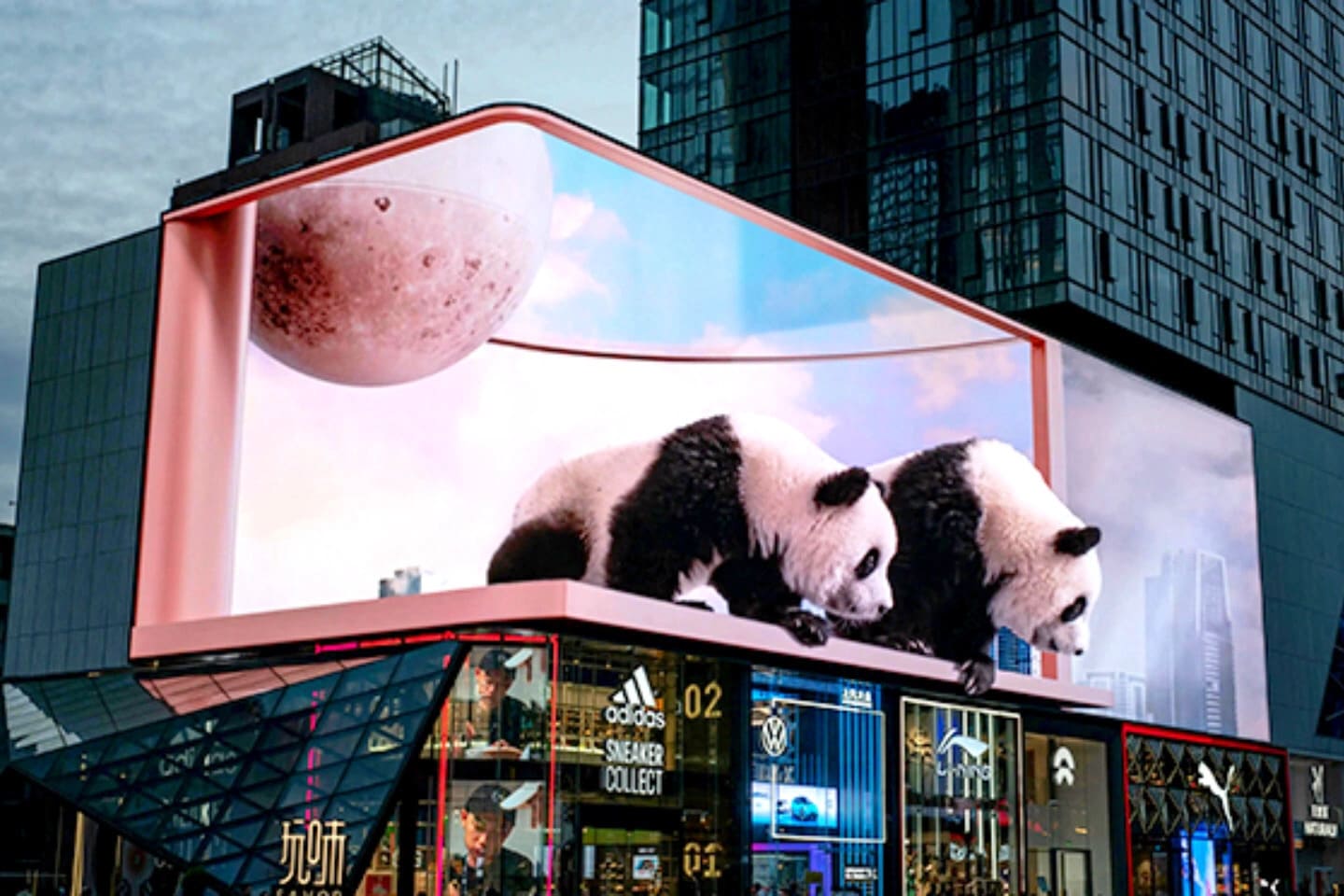
Core Techniques:
| Technique | Purpose | Example |
|---|---|---|
| Forced Perspective | Aligns shapes to appear bigger or smaller | Objects pop out from the screen |
| Parallax | Closer layers move faster than distant ones | Creates depth with layered shifting speeds |
| Content Design | Tailors animations for specific angles | Custom videos matching viewer perspectives |
When these methods work together, they produce a striking illusion that stops people and generates word-of-mouth sharing.
What Are the Key Components of a 3D Billboard?
Many advertisers don’t know which parts they need. This triggers indecision. I simplify it: you need high-quality LED screens, strong GPUs, and well-planned content.
3D billboards rely on premium hardware and calibrated software to project lifelike imagery. Everything must be synchronized to maintain the illusion.
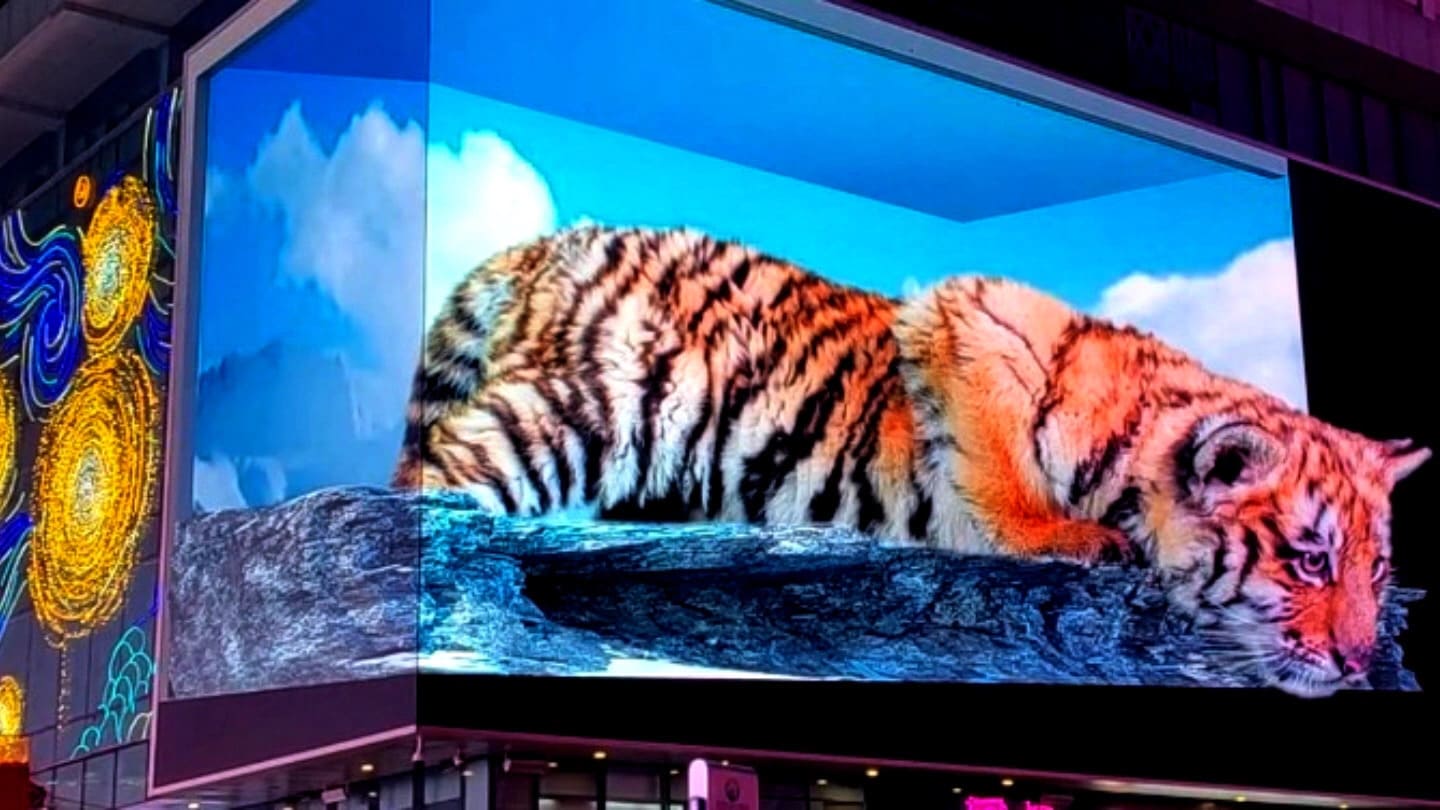
Key Components:
| Component | Role in 3D Billboards | Why It Matters |
|---|---|---|
| LED Panels | Provide bright visuals and color clarity | High-res for crisp images |
| GPUs | Power rendering and visual effects | Prevents lag or choppy animations |
| Calibration Tools | Align panels’ brightness, color, angles | Maintains seamless illusions |
Uniformity is critical. At TW PANTALLA LED, I fine-tune displays to look flawless in any weather or lighting.
What Are the Benefits of Using 3D Billboards for Advertising?
Some billboards get ignored, reducing brand impact. I prefer 3D billboards because they increase visibility and leave lasting impressions.
3D advertising boosts recall, sparks conversations, and delivers a fresh experience that stands out.
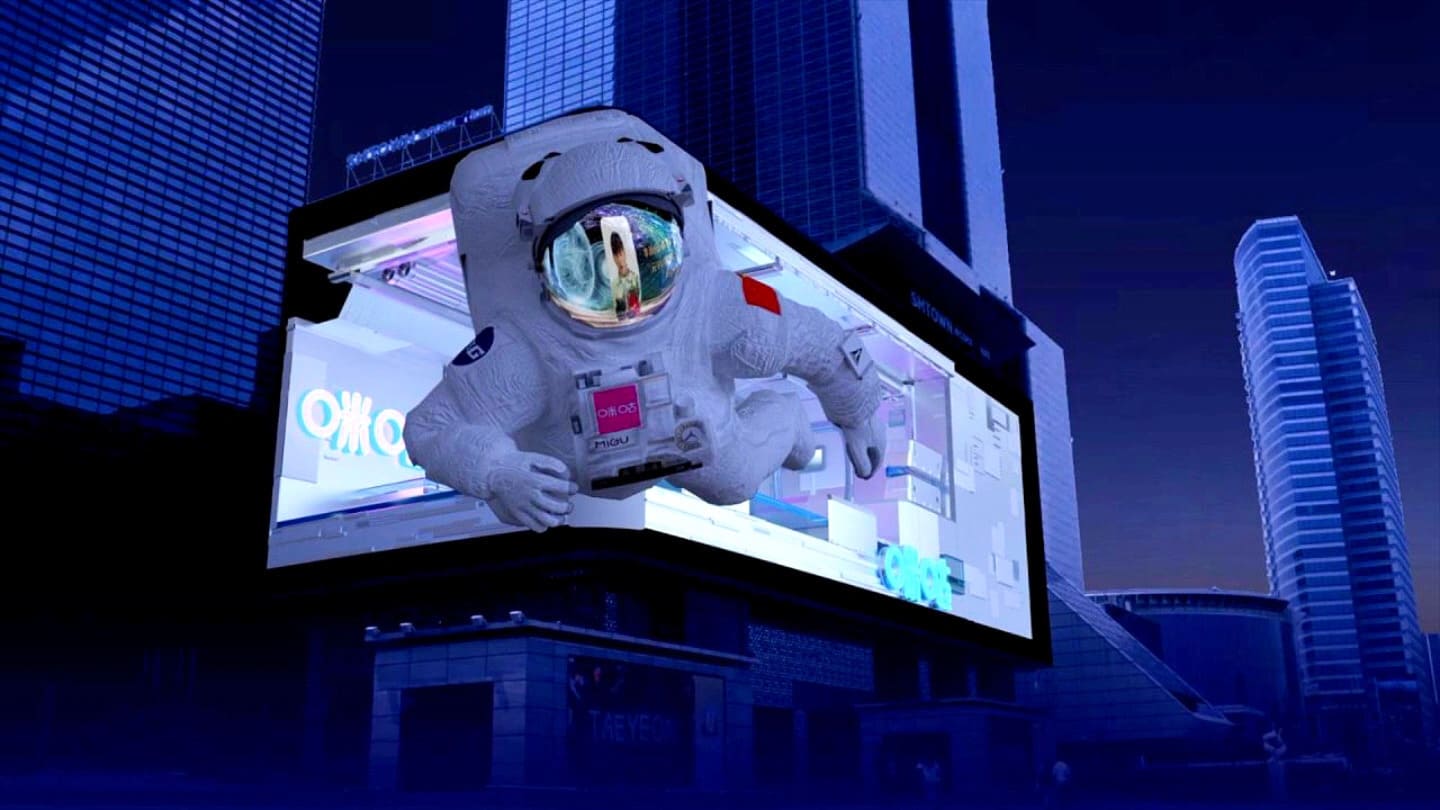
Advantages:
| Benefit | Reason | Impact on Campaigns |
|---|---|---|
| Higher Recall | Motion and depth stay memorable | Up to 40% boost in brand memory |
| Increased Engagement | Viewers pause to watch or record | Drives social sharing and buzz |
| Modern Image | Signals innovation over traditional ads | Positions brand as cutting-edge |
| Flexibility | Dynamic content for different times | Adapts messages for day, night, or events |
I’ve seen campaigns where brands used 3D illusions to create floating objects, generating viral online mentions.
What Future Trends Can We Expect in 3D Billboard Technology?
Some worry 3D might lose novelty. I see breakthroughs ahead that will make billboards more interactive and dynamic.
Augmented reality (AR) and motion-sensing features will transform 3D billboards into multi-sensory experiences, expanding engagement.
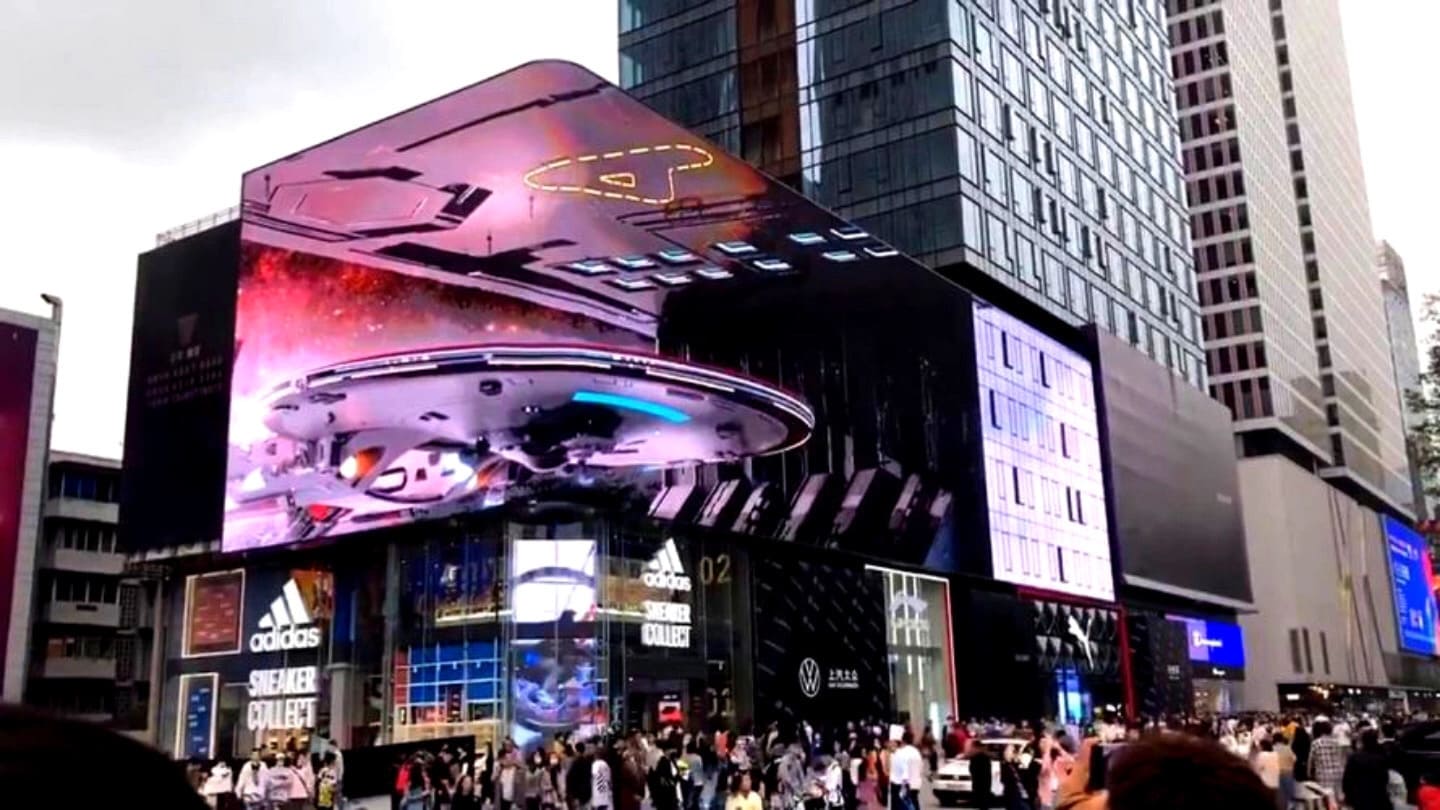
Emerging Trends:
| Trend | Impact | Example |
|---|---|---|
| AR Integration | Unlock extra layers via devices | App reveals hidden elements |
| Gesture Controls | React to body movement | Characters move when passersby wave |
| Eco-Friendly | Lower power use and greener materials | Smart brightness adjustments at night |
At TW PANTALLA LED, I’m exploring prototypes combining interactive triggers and energy-saving tech. Personalizing these experiences will make 3D billboards even more valuable.
Conclusion
3D billboards blend light, motion, and perspective to create gripping illusions. They redefine how brands spark curiosity and stay memorable.
